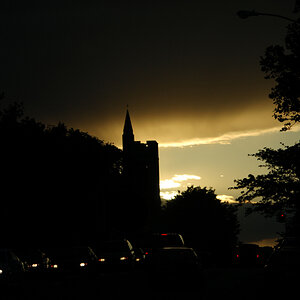spacediver
TPF Noob!
My (basic) understanding of ISO settings on a camera is that it increases the gain of the signal during the amplification of stored charge into the voltage signal (which is then converted to digital).
In terms of information, is anything gained by increasing ISO?
I can see how it might a situation where two objects in the scene differ in brightness so minutely that even though the sensor physically captures this difference, the resulting voltage difference for the pixels representing these two objects isn't great enough to be encoded as a different pixel value (although if you could arbitrarily increase the bit depth of the RAW file this wouldn't be an issue).
A sharper way of asking this question is as follows:
Suppose you had a camera that could encode pixel values with as many bits as needed (i.e. you could differentially encode, into pixel values, any physically detected difference). Also assume you're shooting RAW so you have full control over the assignment of pixel values to rendered tonal values.
Would there then be any benefit (other than convenience) to shooting with anything but the lowest ISO setting?
In terms of information, is anything gained by increasing ISO?
I can see how it might a situation where two objects in the scene differ in brightness so minutely that even though the sensor physically captures this difference, the resulting voltage difference for the pixels representing these two objects isn't great enough to be encoded as a different pixel value (although if you could arbitrarily increase the bit depth of the RAW file this wouldn't be an issue).
A sharper way of asking this question is as follows:
Suppose you had a camera that could encode pixel values with as many bits as needed (i.e. you could differentially encode, into pixel values, any physically detected difference). Also assume you're shooting RAW so you have full control over the assignment of pixel values to rendered tonal values.
Would there then be any benefit (other than convenience) to shooting with anything but the lowest ISO setting?


![[No title]](/data/xfmg/thumbnail/37/37613-6b200847731e552bb4bf9ba3bdb80183.jpg?1619738150)

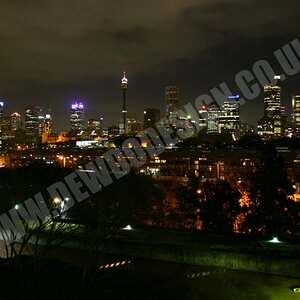
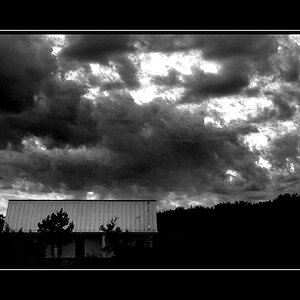
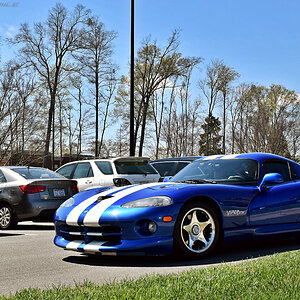
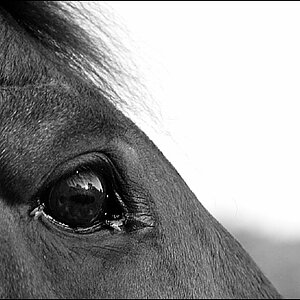

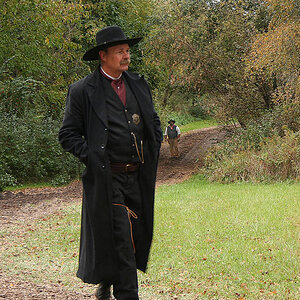
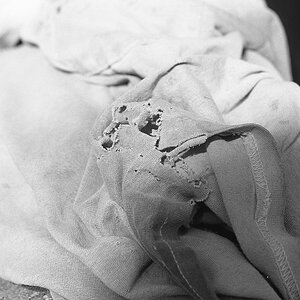
![[No title]](/data/xfmg/thumbnail/37/37614-3833b9d2e46075829c91cf9c0f47af69.jpg?1619738150)

